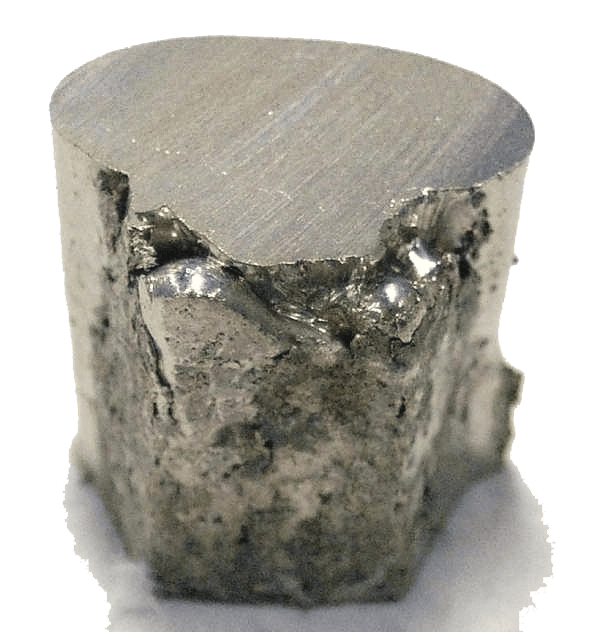WHY.V 0.32 ▼ -3.0303% Volume: 59700 Day Range: 0.32 - 0.34 Last Updated: 2024-07-27 02:30

What is Nickel?
Nickel is a silvery-white lustrous metal with a slight golden tinge. The hard and ductile transition metal has an atomic number of 28 and the symbol Ni on the periodic table. Only small amounts of pure native nickel is found in Earth’s crust, typically in ultramafic rocks, and in the interiors of larger nickel–iron meteorites not exposed to oxygen outside Earth’s atmosphere.
Fun fact: Baked beans contain a substantial amount of nickel.
Nickel Uses
- Used to plate other metals to protect them. However, it is mainly used in making alloys such as stainless steel.
- Nichrome, an alloy of nickel and chromium with small amounts of silicon, manganese and iron, remains resistant to corrosion at extremely high temperatures, so is used in toasters and electric ovens.
- A copper-nickel alloy is commonly used in desalination plants, which convert seawater into fresh water.
- Nickel steel is used for armour plating.
- Other alloys of nickel are used in boat propeller shafts and turbine blades.
- Used in batteries such as rechargeable nickel-cadmium batteries and nickel-metal hydride batteries used in hybrid vehicles.
- Used in coins. The US five-cent piece (known as a ‘nickel’) is 25% nickel and 75% copper.
- Used as a catalyst for hydrogenating vegetable oils.
- Adding nickel to glass creates a green colour.
